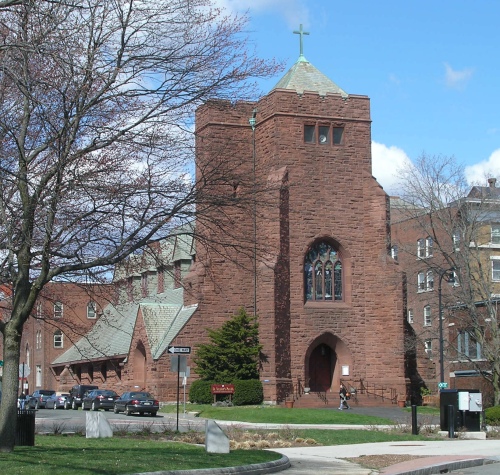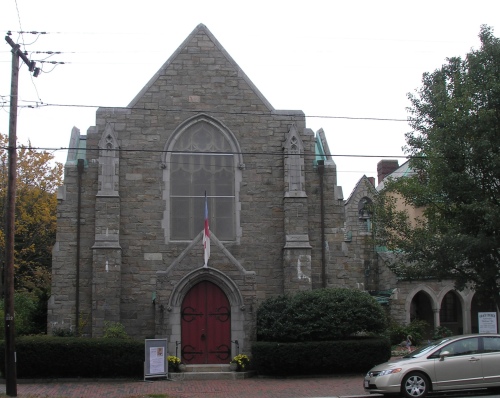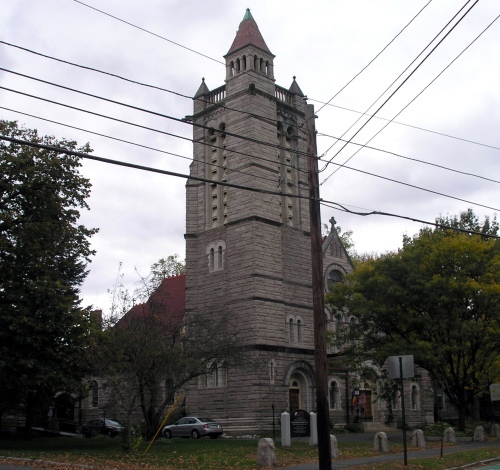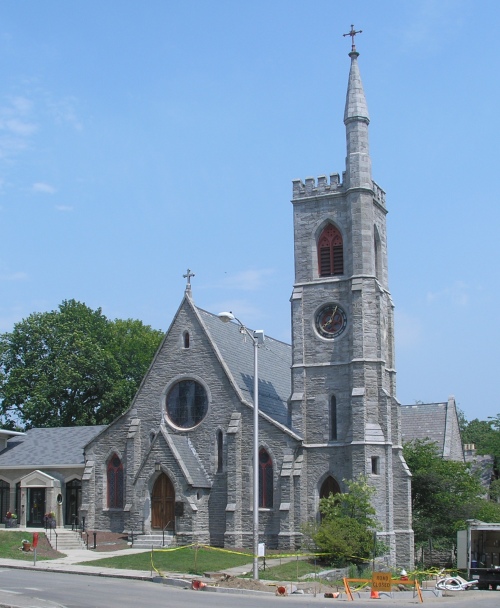St. Paul’s Episcopal Church, Stockbridge (1884)
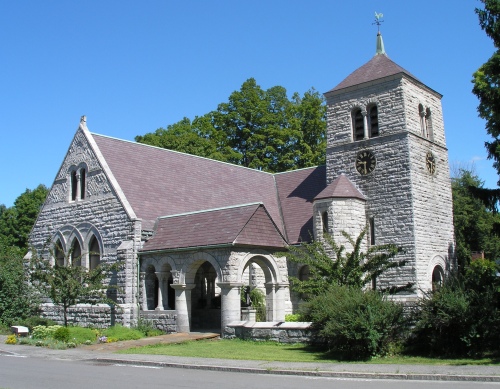
St. Paul’s Episcopal Church, at 29 Main Street in Stockbridge, was founded in 1834 and in the 1840s a church was erected to designs by Richard Upjohn. The present stone church was built in 1884 of Berkshire limestone. It was designed by Charles F. McKim, who donated his services, and contains stained glass windows by Louis Comfort Tiffany and John La Farge. The church was a gift of Charles Butler in memory of his wife, Susan Ridley Sedgwick Butler. Stockbridge residents Norman Rockwell and Daniel Chester French were parishioners of St. Paul’s.
